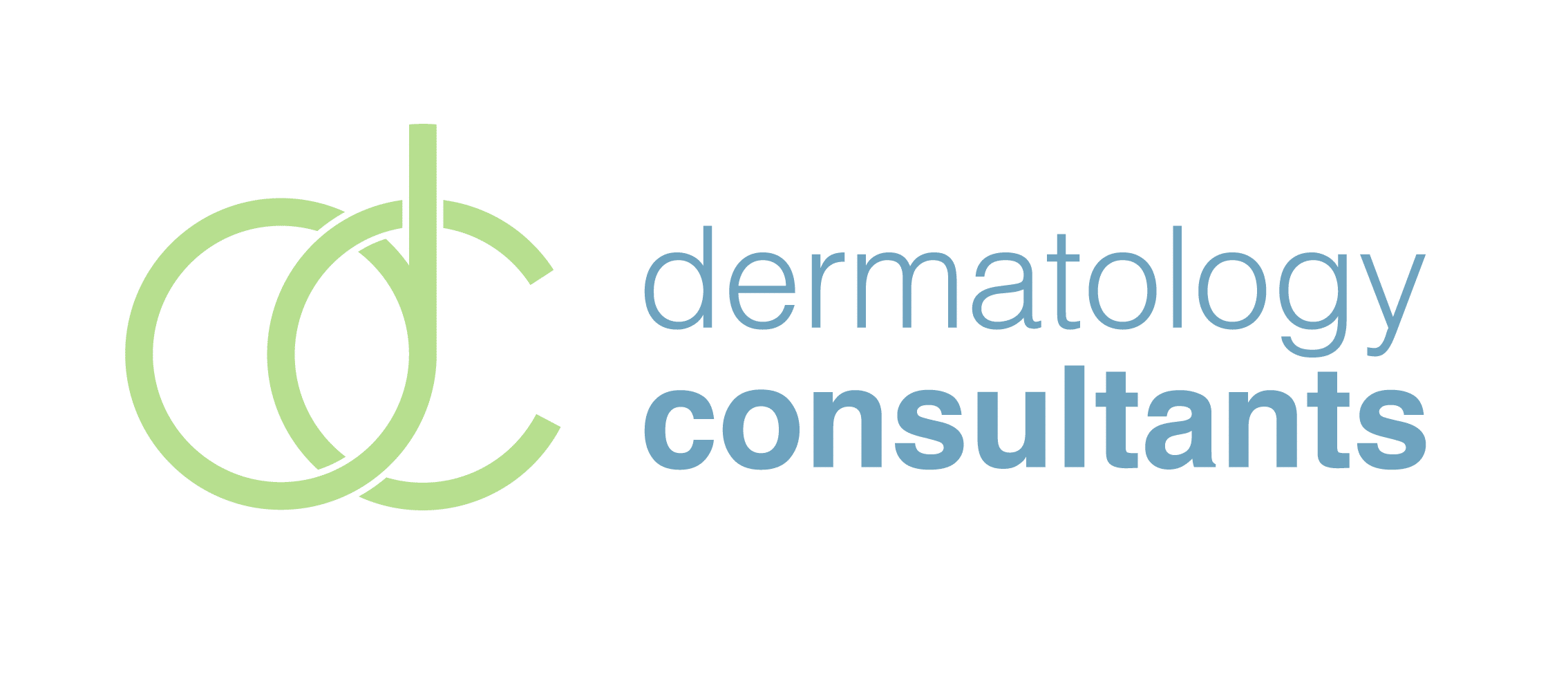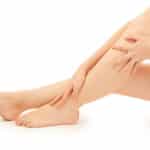How Are Varicose Veins Treated?
If your doctor recommends getting your varicose veins treated, perhaps to help lessen any pain or discomfort you’re experiencing because of them or if you simply hate the look of them, here are some treatment options that your doctor will discuss with you:
-
- Wearing compression stockings. These medical stockings are worn to squeeze your legs and improve your circulation, which encourages better blood flow upwards back towards your heart. The compression stockings are often very tight around the ankles and get looser higher on your leg, to make it easier for your blood fight gravity and get back up into your system. Compression stockings often help improve pain and swelling of the legs, and studies say that wearing these stockings can provide comfort, but aren’t a cure-all for varicose veins. They won’t make yours go away, or prevent new ones from forming. It’s important to wear your compression stockings as directed by your doctor, and keep them pulled up, so that each part of your leg gets the proper amount of pressure. Letting them roll down can put improper pressure right where you don’t want it, perhaps creating new vein issues. You can get custom stockings made for the perfect fit, so ask your doctor about that option.
- Surgery might be recommended by your doctor if your varicose veins are very large. This procedure is often done under general anesthesia, often on an outpatient basis if you’re having one leg repaired, but if you’re having veins treated on both legs, you might need to spend one night in the hospital. Some different surgical options include ligation and stripping, which would require two incisions to be made by your groin and at your ankle or knee. Your doctor will then insert a thin, flexible wire into your vein and pull out the damaged vein. Other veins in your leg will take over the work of the removed, damaged vein, but you also need to know about the possible complications of this procedure, which can include deep vein thrombosis, bleeding, pain or bruising.
- Laser treatment. Smaller veins and spider veins can be closed off with lasers directed at the veins in question, which delivers strong bursts of light to the vein, which then eventually fades and disappears. No incisions needed. Your doctor will advise you if laser vein treatment is right for you, and a good solution for your varicose vein issues.
- Sclerotherapy. In this varicose vein treatment, a chemical is injected into small and medium-sized varicose veins, and that chemical scars and closes those veins. In some cases, a vein may need to be treated more than once, but you can expect to see fading of the treated vein in a few weeks.
- There are other treatments available for varicose veins, including radiofrequency ablation, which involves a catheter emitting radiofrequency energy to collapse the vein and cause it to seal shut, and endovenous laser treatment, which uses a catheter and laser treatment delivering short bursts of energy to heat up and seal the vein.
Talk to your doctor about the surgical and non-surgical options that may be best for treating your varicose veins, large and small. Complications need to be discussed, as well as your current health level and other medical conditions that may also play a role in your doctor’s plan for treating your veins and ridding you of those lines, bumps and discomfort.





